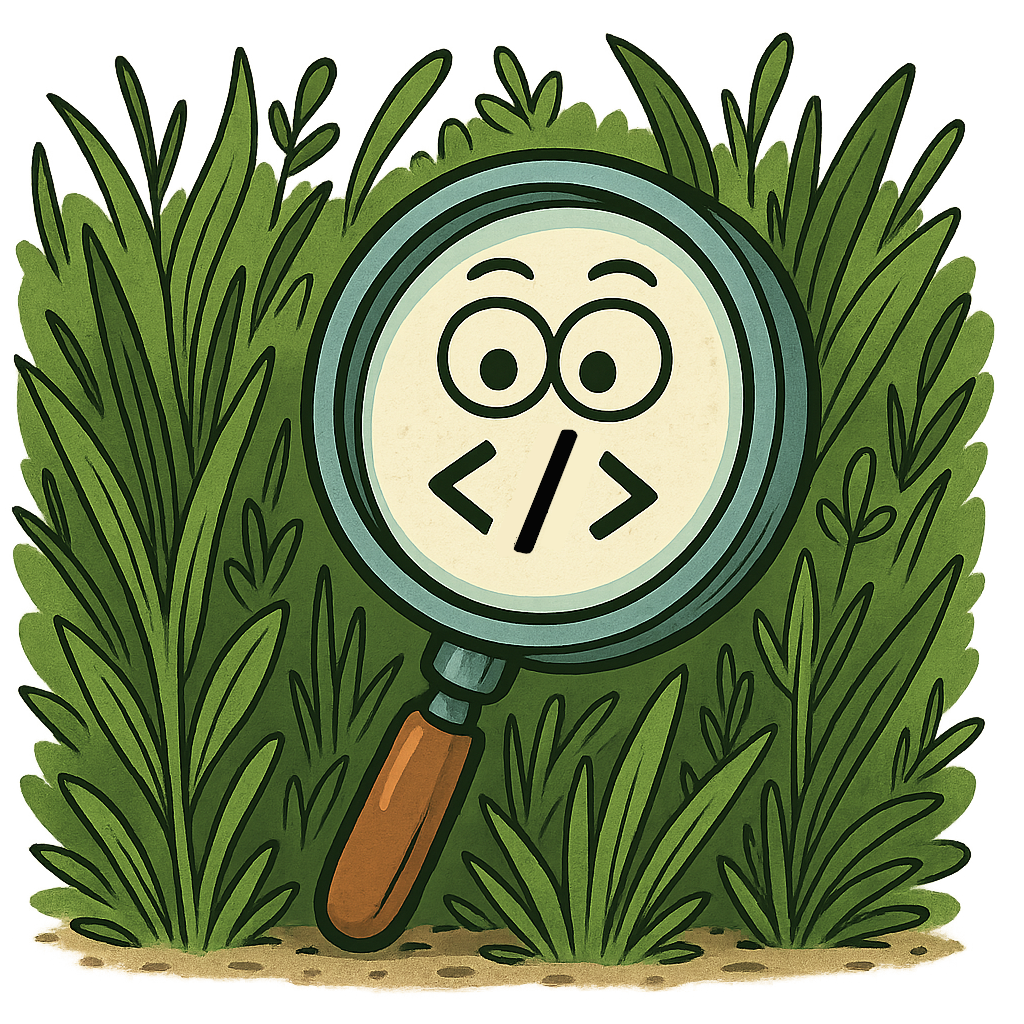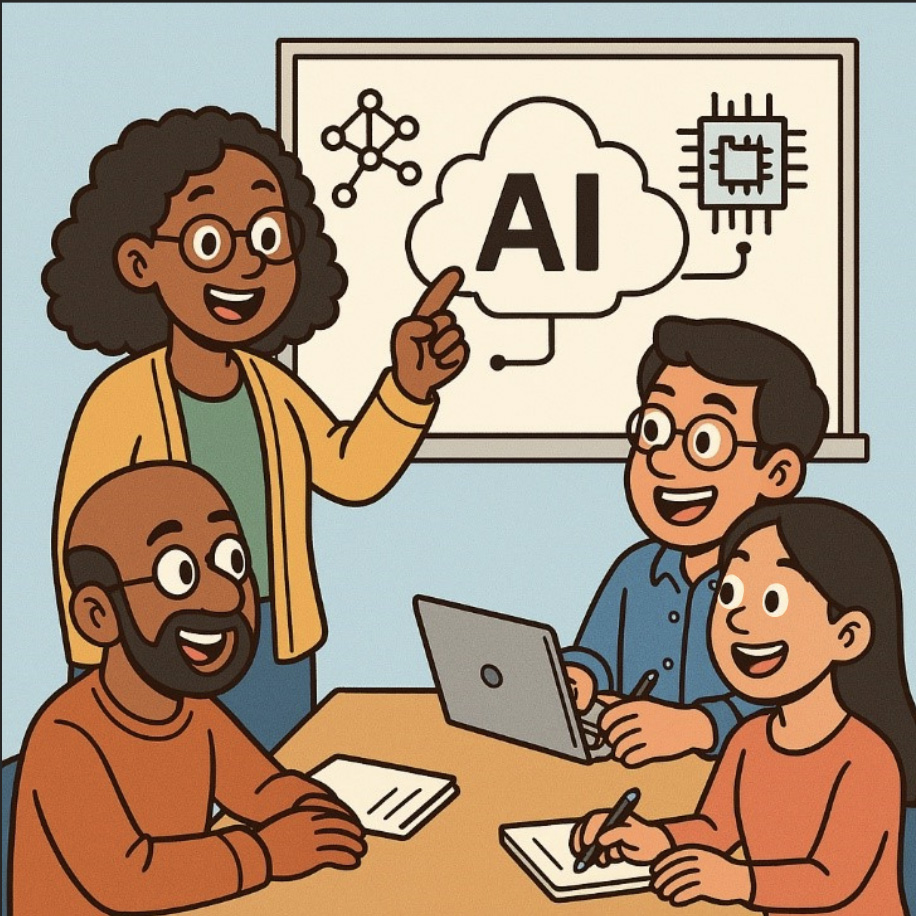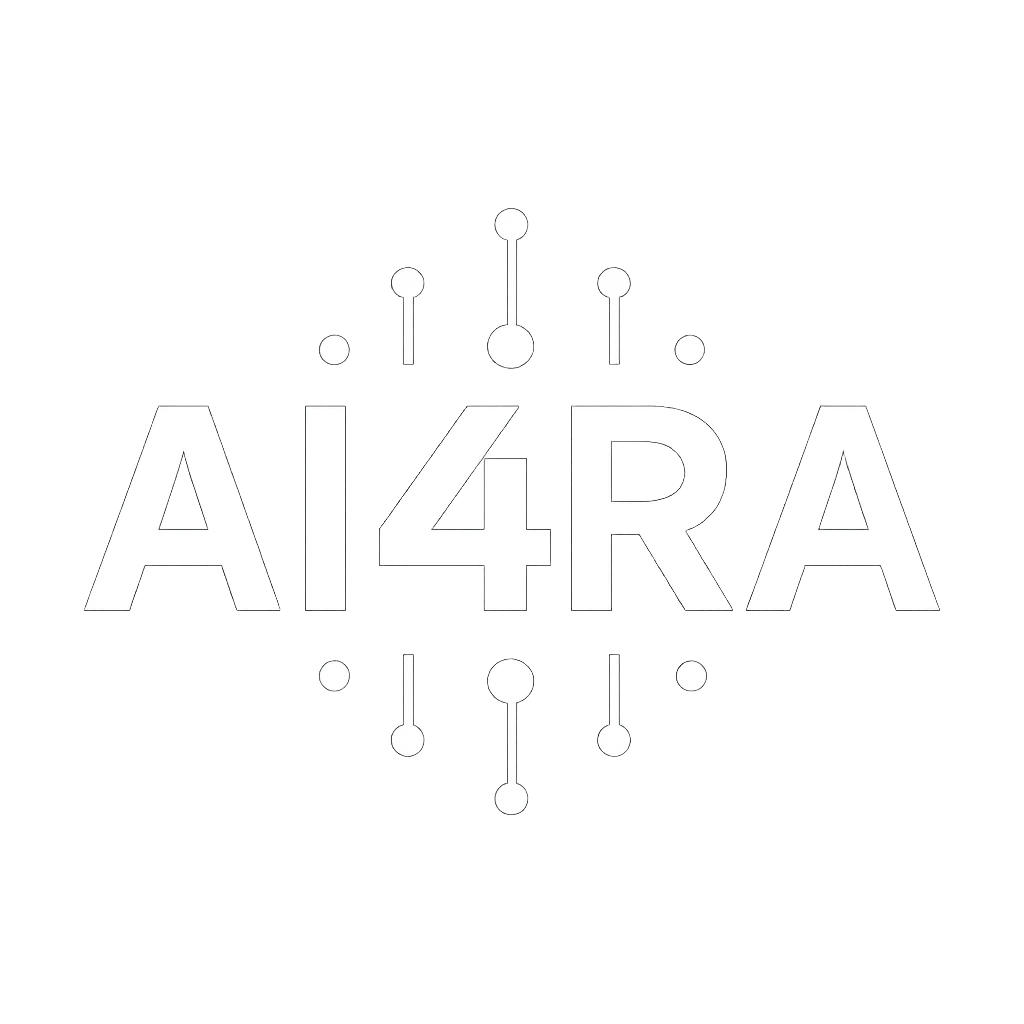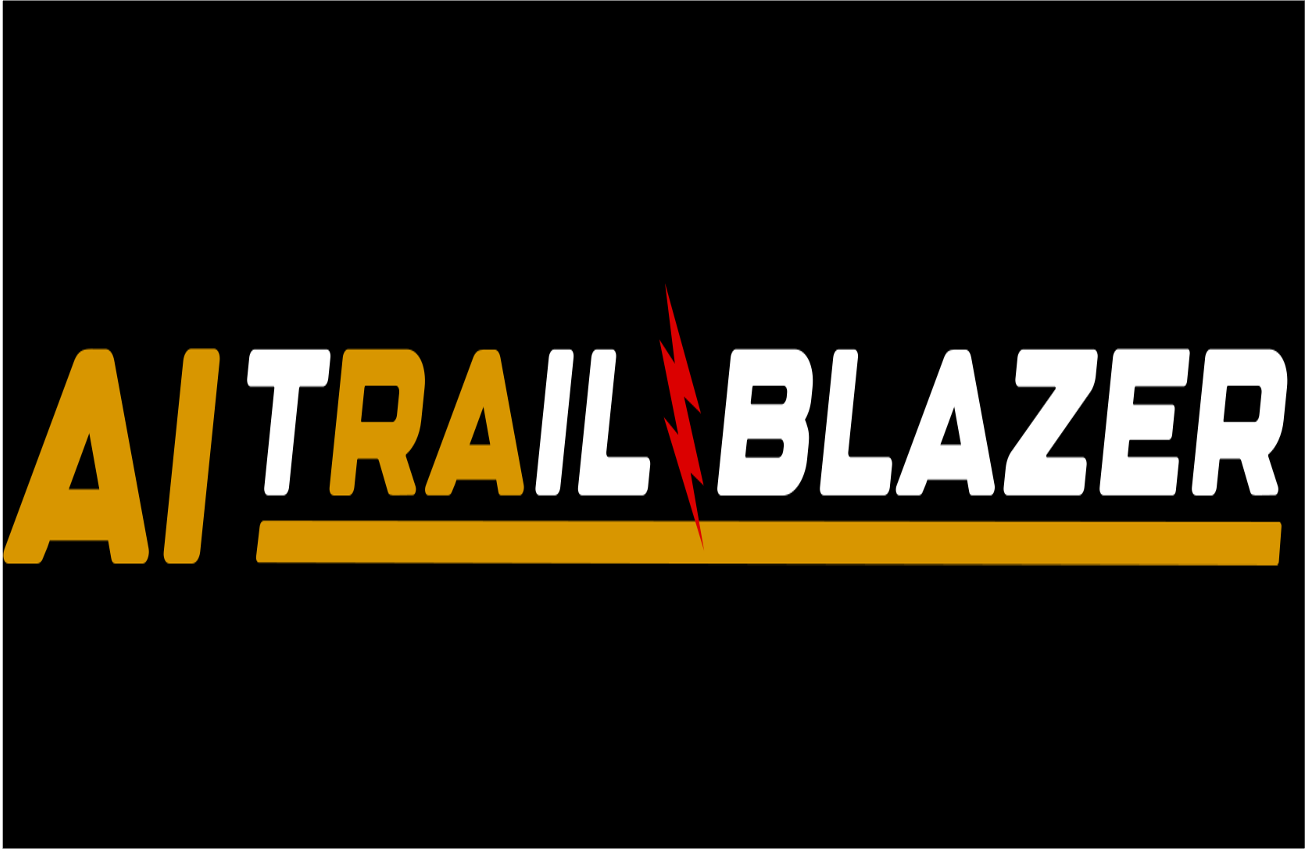AI4RA: A Journey Through the ‘Innovation Valley of Death’
By Jason Cahoon and Ava Rummler
Welcome to the AI Trail Blazer blog series! We launch this page to explore the world of AI alongside our AI4RA community of practice. This series offers us a space to take a step back, slow down, and work together to demystify these remarkably capable tools.
AI Trail Blazer stems from the AI4RA initiative at the University of Idaho, a project funded by the National Science Foundation. Titled “Crossing the Innovation Valley of Death: Democratizing Data and Artificial Intelligence for Research Administration,” this project is taking the lead in developing organizational solutions to AI in Research Administration. If AI tools are powerful productivity vehicles, the AI4RA initiative seeks to steer these vehicles across the “Innovation Valley of Death,” a landscape representing the gap between the introduction of a promising innovation and its practical utility in the field.
So, what is AI anyways? Well, at its core, Artificial Intelligence describes computer systems that simulate human intelligence as they perform tasks.

AI is a broad term; it encompasses a variety of computing systems, each serving a distinct purpose. One AI tool may specialize in face recognition while another demonstrates natural language processing. Here, at AI Trail Blazer, we will take steps toward conceptualizing AI and grounding it in the world of Research Administration.

One technology that we are excited to cover is the widely applicable AI chatbot, such as ChatGPT or Gemini. As generative AI has rapidly evolved, AI chatbots have meshed into everyday life. While these tools can work as powerful vehicles, the Innovation Valley of Death is full of canyons and false peaks, making it difficult to navigate at times. AI tools raise questions: How do they work? When should I use them? How can I prompt these chatbots more effectively? At times, AI Trail Blazer will peak under the hood of these interfaces. We will explore how these tools are trained from volumes and volumes of text, and how this training enables AI chatbots to simulate human intelligence. Though we may plunge into the weeds every now and then, we will always come up for air; the goal is to make meaningful connections between AI tools and practical administrative needs.
We have ideas for AI Trail Blazer but ultimately, we hope for the interests and knowledge of our readers to guide our journey through this valley. Among our community of practice, we have research administrators, compliance officers, academic researchers, educators, data scientists, business development managers, and others who can help us consider the use of AI tools in a variety of contexts.
In that vein, we invite our readers to share their perspectives and curiosities in the comments section. How are you all using AI tools in your day-to-day? What aspects of AI technology are you most excited to investigate? Also, we encourage you to tell us more about your interest in AI on our AI4RA contact page. There, you can subscribe to our newsletters, receive updates on AI Trail Blazer, and stay informed on other happenings around the AI4RA initiative.
While AI tools continue to evolve, ensuring secure and reliable AI implementation remains an ongoing venture, one that calls for different forms of creative problem solving. In presenting AI Trail Blazer, we invite you to explore this uncharted territory with us.



Having entered the workforce in the early 90s when spellcheck and macros were the next big thing, I recall how quickly the hesitancies were overcome once confidence in the system occurred. I expect this new frontier of AI to bring similar acceptance upon discovery of its effiiency. It is so fun to simplify through the use of AI while simultaneously exploring the new horizons ahead! THANK YOU for your work on this and for the invitation to join the journey. Always forward!